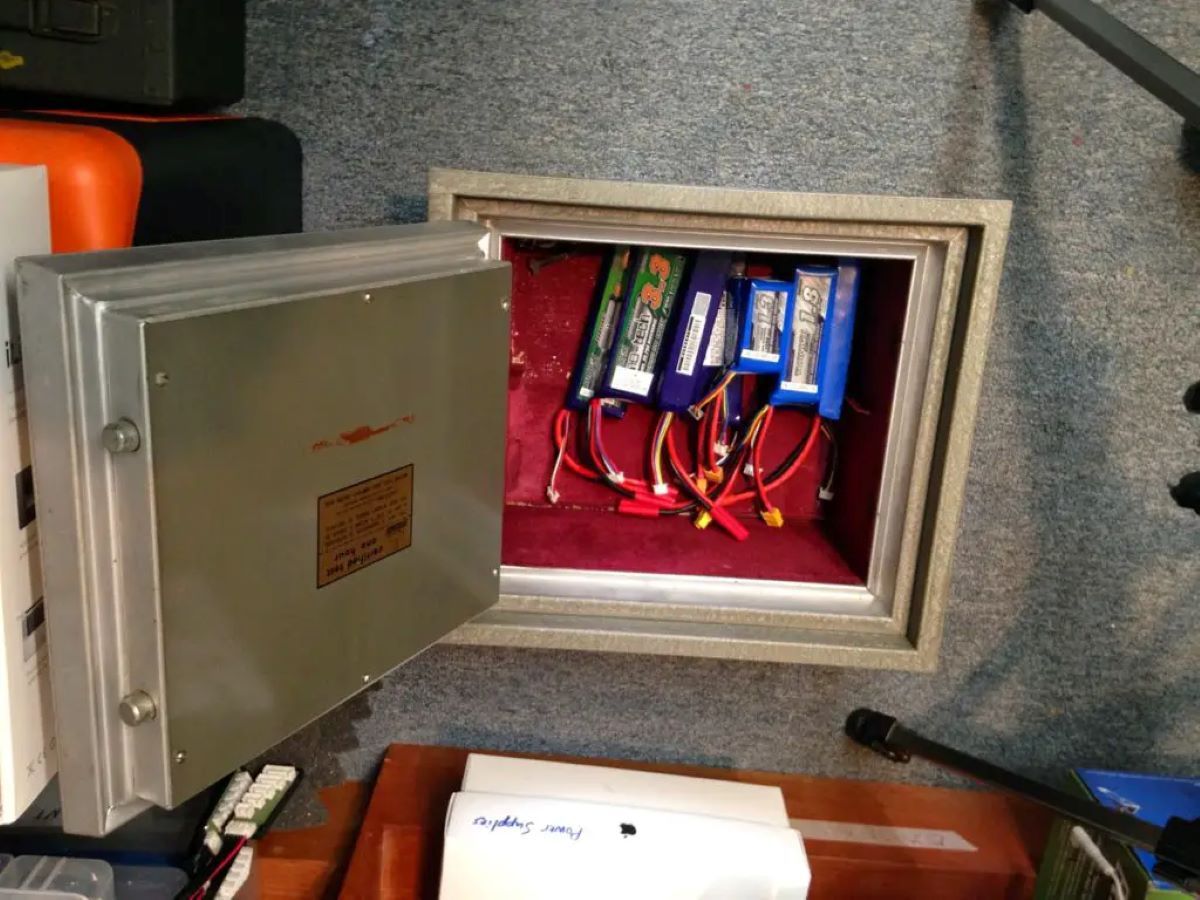

Articles
How To Store A LiPo Battery
Modified: March 6, 2024
Looking for articles on how to store a lipo battery? Discover helpful tips and techniques to ensure the longevity and safety of your lipo batteries.
(Many of the links in this article redirect to a specific reviewed product. Your purchase of these products through affiliate links helps to generate commission for Storables.com, at no extra cost. Learn more)
Introduction
Lipo batteries, short for Lithium-Polymer batteries, are a popular choice for powering various electronic devices such as drones, RC cars, and portable electronic devices. These batteries are known for their high energy density, lighter weight, and longer lifespan compared to other battery types. However, proper storage and care of lipo batteries are essential to ensure their longevity, performance, and safety.
In this article, we will cover everything you need to know about storing lipo batteries. From understanding their structure to implementing safety precautions, we will provide you with a comprehensive guide to help you store your lipo batteries safely and effectively.
So, let’s dive in and explore the world of lipo batteries and how to properly store them.
Key Takeaways:
- Proper storage and care of lipo batteries is essential for longevity, performance, and safety. Follow safety precautions, create an ideal storage environment, and prepare and check batteries for optimal use.
- Storing multiple lipo batteries requires proper organization, regular checks, and rotation of usage to maintain safety and longevity. Adhering to these guidelines ensures peace of mind and optimal battery performance.
Read more: How To Store Lipo Batteries
Understanding Lipo Batteries
Before we delve into the details of storing lipo batteries, it’s important to have a basic understanding of their structure and characteristics. Lipo batteries are composed of multiple cells, usually referred to as “S” and “P” values. The “S” value represents the number of cells connected in series, while the “P” value indicates the number of cells connected in parallel.
Each cell within a lipo battery has a nominal voltage of 3.7 volts. By connecting cells in series, you can increase the voltage, while connecting them in parallel increases the battery capacity. This allows lipo batteries to provide higher voltage and longer runtime than other battery types.
However, it’s important to take note of the C-rating of a lipo battery. The C-rating determines the maximum safe discharge and charge rate of the battery. Discharging or charging a lipo battery at a rate higher than its specified C-rating can lead to overheating, reduced lifespan, or even catastrophic failure.
Furthermore, lipo batteries are sensitive to physical stress, temperature fluctuations, and overcharging. Mishandling or improper storage can result in swelling, leakage of electrolyte, or even fire hazards. That’s why it’s crucial to store lipo batteries correctly to maintain their integrity and prolong their lifespan.
Now that we have a basic understanding of lipo batteries, let’s move on to the safety precautions you need to keep in mind when handling and storing these batteries.
Safety Precautions
When it comes to lipo batteries, safety should always be your top priority. These batteries have the potential to be dangerous if mishandled or stored improperly. Here are some essential safety precautions to follow:
- Use a fireproof storage container: Invest in a fireproof lipo battery storage bag or a metal container specifically designed for storing lipo batteries. These containers are designed to contain any potential fires that may occur due to a lipo battery malfunction.
- Avoid overcharging: Never leave a lipo battery unattended while charging and avoid overcharging the battery. Use a lipo battery charger with a balance feature to ensure each cell is charged to the correct voltage. Overcharging can lead to cell damage, swelling, or even fire.
- Don’t charge damaged batteries: If you notice any physical damage, such as dents, punctures, or swelling, do not attempt to charge or use the battery. Dispose of it properly following the manufacturer’s guidelines.
- Store batteries at room temperature: Avoid exposing lipo batteries to extreme temperatures. Store them in a cool and dry place with a temperature range between 50 and 80 degrees Fahrenheit. Extreme heat can cause the battery to overheat, while extreme cold can negatively affect its performance and lifespan.
- Avoid storing batteries near flammable materials: Keep lipo batteries away from any flammable materials or liquids. In the event of a battery malfunction, it is crucial to minimize the risk of fire spreading.
- Never short-circuit the battery: Short-circuiting a lipo battery can be dangerous and can lead to overheating or even explosion. Always use the appropriate connectors and ensure there are no exposed wires or metal objects that may cause a short circuit.
- Regularly inspect the battery: Before and after each use, inspect the lipo battery for any physical damage, swelling, or leakage. If you notice any issues, do not use the battery and properly dispose of it.
By following these safety precautions, you can significantly reduce the risk of accidents and ensure the safe storage and use of your lipo batteries. Now that we understand the safety measures, let’s explore the ideal storage environment for lipo batteries.
Storage Environment
Creating the right storage environment for your lipo batteries is crucial in maintaining their performance and safety. Here are some key factors to consider when storing your lipo batteries:
- Temperature: Lipo batteries should be stored at room temperature, ideally between 50 and 80 degrees Fahrenheit (10 to 27 degrees Celsius). Extreme temperatures can have a detrimental effect on the battery’s performance and lifespan. Avoid exposing the batteries to direct sunlight or extreme heat/cold conditions.
- Humidity: It is important to store lipo batteries in a low humidity environment. Moisture can cause oxidation and compromise the battery’s integrity. Choose a storage area with low humidity levels, preferably below 60% relative humidity, to prevent any moisture-related issues.
- Ventilation: Ensure that the storage area is well-ventilated. Good airflow helps dissipate any heat generated by the batteries, reducing the risk of overheating. Avoid storing lipo batteries in enclosed spaces or airtight containers that can restrict ventilation.
- Fireproof Storage: Store lipo batteries in a fireproof container or lipo safe bag. These containers are designed to contain and minimize the spread of fire in case of a lipo battery malfunction. It is an important safety precaution to protect your surroundings.
- Separation: When storing multiple lipo batteries, ensure that they are stored separately and not in direct contact with each other. This prevents any accidental short-circuits between the battery terminals, which can be dangerous. Consider using individual storage compartments or dividers to keep the batteries properly separated.
- Away from flammable materials: Store lipo batteries away from any flammable materials or liquids. This helps minimize the risk of fire spreading in case of a lipo battery malfunction.
- Accessible location: Store lipo batteries in a location that is easily accessible but out of reach of children and pets. It should be a place where you can check on the batteries regularly and ensure their safety.
By ensuring the storage environment meets these guidelines, you can protect your lipo batteries and maximize their lifespan. In the next section, we will discuss the steps to properly prepare your lipo battery for storage.
Preparing the Lipo Battery for Storage
Before storing a lipo battery for an extended period, it is important to properly prepare it. Following these steps will help ensure the battery remains in good condition during storage:
- Charge the battery: Begin by fully charging the lipo battery. Use a lipo battery charger with a balance feature to ensure each cell is charged to the correct voltage. This step helps balance the voltage across all cells and prevents any imbalances that could lead to performance issues.
- Set the battery voltage: Lower the battery’s voltage to a safe storage level. Most lipo batteries have a recommended storage voltage between 3.7V and 3.8V per cell. Use a lipo battery charger with a storage mode or discharge the battery gradually until it reaches the desired storage voltage.
- Disconnect the battery: Once the battery has reached the recommended storage voltage, disconnect it from any devices or chargers. Ensure there is no remaining load on the battery by verifying that all connectors and switches are in the off position.
- Clean the battery terminals: Use a clean, dry cloth to wipe the battery terminals and connectors. Removing any dust or debris helps maintain good electrical conductivity and prevents any potential issues during storage.
- Inspect the battery: Before storing the battery, take the time to inspect it visually. Look for any physical damage, swelling, or leakage. If you notice any abnormalities, do not proceed with storage and follow the proper disposal guidelines provided by the manufacturer.
- Place the battery in a storage container: Transfer the lipo battery to a fireproof storage container or lipo battery bag. Ensure that the container is suitable for the size of the battery and provides adequate protection against physical damage and exposure to extreme temperatures.
- Label the battery: It is a good practice to label the battery with the date of storage. This helps you keep track of how long the battery has been in storage and allows you to monitor its condition effectively.
- Choose an appropriate storage location: Place the battery in a designated storage area that meets the previously discussed environmental considerations. Ensure it is away from flammable materials, in a well-ventilated space, and within the recommended temperature and humidity range.
By following these steps, you can ensure that your lipo battery is properly prepared for storage. In the next section, we will discuss the guidelines for storing lipo batteries over an extended period of time.
Store your lipo battery at room temperature in a fireproof container, away from direct sunlight and moisture. Ensure it is at a storage charge level of around 3.8V per cell.
Read more: How To Store Lipo Batteries At Home
Long-term Storage Guidelines
When it comes to storing lipo batteries for an extended period, there are a few guidelines you should follow to ensure their longevity and performance. Here’s what you need to keep in mind:
- Check the battery regularly: Even though the battery is in storage, it’s important to periodically check on its condition. Inspect the battery for any signs of damage, swelling, or leakage. If you notice any issues, handle the battery with caution and follow the manufacturer’s guidelines for disposal.
- Recharge periodically: It is recommended to recharge the lipo battery every three months during long-term storage. This helps maintain the battery’s capacity and prevents it from becoming overly discharged. Use a lipo battery charger with a balance feature to ensure each cell is charged evenly.
- Avoid complete discharge: While it is good practice to prevent a lipo battery from being fully discharged during normal use, it is especially important during long-term storage. Allowing a lipo battery to become completely discharged can lead to cell damage and reduce its lifespan. Recharge the battery if the voltage drops significantly during storage.
- Store at recommended voltage: Keep the lipo battery stored at the recommended voltage, typically between 3.7V and 3.8V per cell. Storing the battery at this level helps maintain its overall health and prevents excessive discharge or cell imbalances.
- Avoid storing near sensitive materials: Keep lipo batteries away from any sensitive materials, such as chemicals or easily combustible items. While rare, a lipo battery malfunction could potentially lead to fire or damage nearby objects.
- Be cautious when using a stored battery: If you plan to use a lipo battery that has been in storage for an extended period, it’s important to check its condition. Inspect for any signs of swelling, leakage, or damage. Charge the battery fully before using it and monitor its performance closely during initial use.
- Dispose of damaged or old batteries: If you come across a lipo battery that is swollen, leaking, or damaged beyond repair, it is important to dispose of it properly. Follow the manufacturer’s guidelines or contact a local recycling center for safe battery disposal.
By adhering to these long-term storage guidelines, you can ensure your lipo batteries remain in good condition and are ready for use when needed. In the next section, we will discuss how to check the battery’s condition before using it after a period of storage.
Checking the Battery’s Condition
Before using a lipo battery that has been in storage for an extended period, it’s important to check its condition to ensure it is safe and functioning properly. Here are some steps you can take to assess the battery’s condition:
- Visual inspection: Carefully examine the lipo battery for any signs of physical damage, such as dents, punctures, or swelling. If you notice any deformities or abnormalities, do not use the battery and dispose of it properly.
- Check voltage: Use a lipo battery checker or a multimeter to measure the voltage of each cell in the battery. Compare the readings to the recommended storage voltage to ensure they are within an acceptable range. If any cell voltage is significantly below the storage voltage, it may indicate a problem with the battery.
- Balance the battery: If the voltage readings of the individual cells differ significantly, consider balance charging the battery. Use a lipo battery charger with a balance feature to equalize the voltage across all cells. This helps ensure that each cell is properly charged and helps maintain the overall health of the battery.
- Charge and discharge test: If the battery indicates a healthy voltage level, consider fully charging it and then discharging it at a controlled rate. Observe the battery’s performance during the discharge to ensure it holds its charge and doesn’t exhibit any abnormal behavior such as sudden drops in voltage.
- Temperature check: Monitor the battery’s temperature during the charging and discharge process. If the battery becomes excessively hot to the touch or exhibits rapid temperature rise, it may indicate a problem and the battery should not be used.
- Monitor capacity: Assess the battery’s capacity by measuring the amount of energy it can deliver during use. Compare the actual capacity to the manufacturer’s specifications to ensure it hasn’t significantly degraded over time. If the capacity is significantly lower, it may be time to consider replacing the battery.
By following these steps and checking the battery’s condition before use, you can ensure that it is safe and performing optimally. It is always better to be cautious and verify the battery’s health to avoid any potential issues during use.
Now that we have covered the process of checking the battery’s condition, let’s move on to discussing the storage of multiple lipo batteries.
Storing Multiple Lipo Batteries
If you have multiple lipo batteries, it’s important to store them properly to ensure their safety and prevent any potential issues. Here are some guidelines to follow when storing multiple lipo batteries:
- Separate the batteries: When storing multiple lipo batteries, it is essential to keep them separated and not in direct contact with each other. This helps prevent accidental short-circuits between the battery terminals, which can be dangerous. Consider using individual storage compartments or dividers to keep the batteries properly separated.
- Label and organize: It is helpful to label each lipo battery and organize them according to their age or usage. By labeling the batteries, you can keep track of how long each battery has been in storage and easily identify them when needed.
- Consider a storage container: Use a suitable storage container or lipo battery bag to keep the batteries together. Look for a container that is fireproof and provides adequate protection against physical damage. This will help contain any potential issues with one battery and reduce the risk of spreading to others.
- Regularly check the batteries: Perform regular checks on each battery to ensure they remain in good condition. Inspect for any signs of damage, swelling or leakage. If you notice any abnormalities, handle the battery with caution and follow the proper disposal guidelines.
- Rotate the batteries: If you have multiple lipo batteries, it is a good practice to rotate their usage. By rotating the batteries, you help prevent a single battery from sitting in storage for an extended period without any use. Regularly using and recharging each battery helps maintain their overall health and performance.
- Monitor storage environment: Keep an eye on the storage environment to ensure it meets the recommended guidelines. Check the temperature, humidity levels, and ventilation regularly. Make any necessary adjustments to maintain a suitable storage environment for the lipo batteries.
Following these guidelines when storing multiple lipo batteries will help ensure their proper organization, safety, and overall longevity. By taking these precautions, you can have peace of mind knowing your battery collection is stored securely.
Now that we have discussed storing multiple lipo batteries, let’s conclude our article.
Conclusion
Properly storing lipo batteries is crucial for ensuring their longevity, performance, and safety. By understanding the characteristics of lipo batteries and implementing the necessary precautions, you can maintain these batteries in optimal condition. From safety precautions to creating the right storage environment, each step plays a role in preserving the integrity of lipo batteries.
Remember to always handle lipo batteries with care and follow the manufacturer’s guidelines. Use a fireproof storage container, avoid overcharging, and store the batteries in a cool and dry location. Regularly inspect the batteries for any signs of damage and monitor their condition during storage.
Before using a lipo battery that has been in storage for an extended period, take the time to check its condition. Look for physical damage, measure the voltage, and perform a charge and discharge test to ensure it is functioning properly.
If you have multiple lipo batteries, store them separately and label them for easy identification. Regularly check each battery and rotate their usage to maintain their health and prevent them from sitting unused for too long.
By following these guidelines, you can ensure the longevity and safety of your lipo batteries. Whether you’re a drone enthusiast, RC car enthusiast, or simply someone who uses lipo batteries, taking proper care of these batteries will enhance your experience and give you peace of mind.
Always remember to prioritize safety and handle lipo batteries responsibly. With the right precautions and storage techniques, you can maximize the lifespan and performance of your lipo batteries and enjoy long-lasting power for your electronic devices.
Frequently Asked Questions about How To Store A LiPo Battery
Was this page helpful?
At Storables.com, we guarantee accurate and reliable information. Our content, validated by Expert Board Contributors, is crafted following stringent Editorial Policies. We're committed to providing you with well-researched, expert-backed insights for all your informational needs.
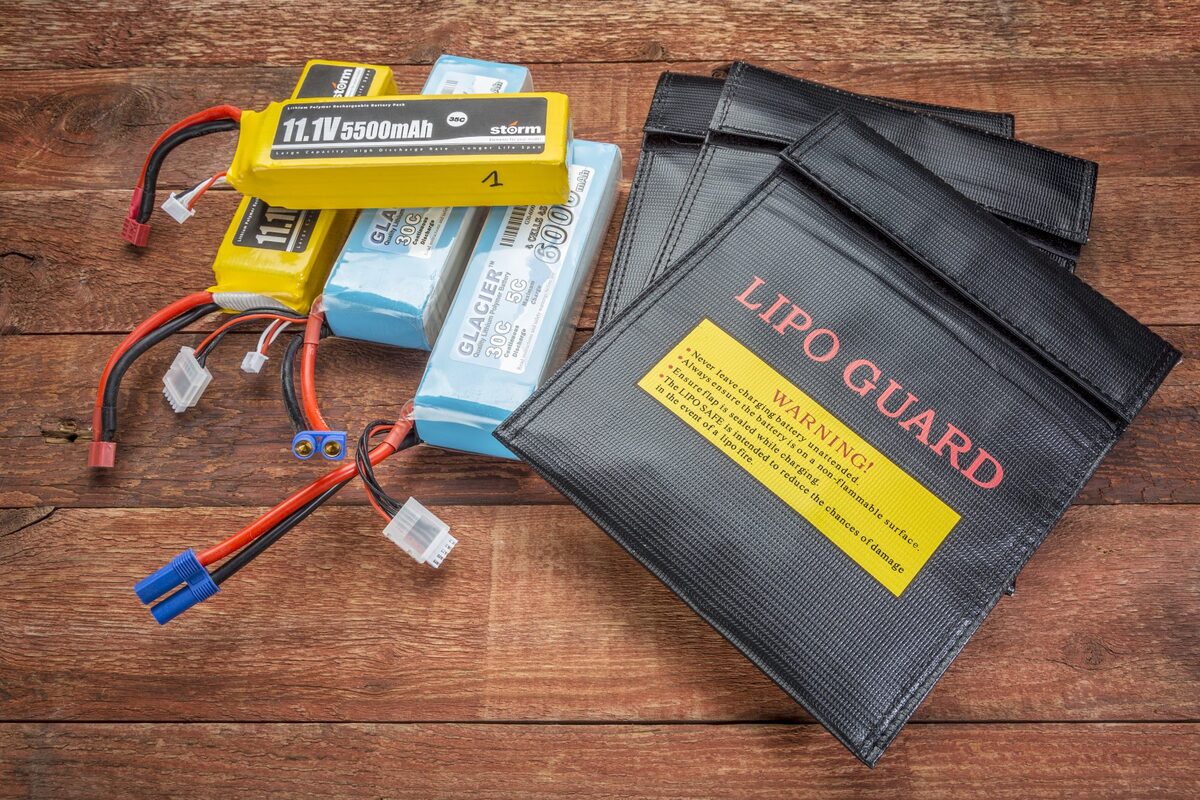
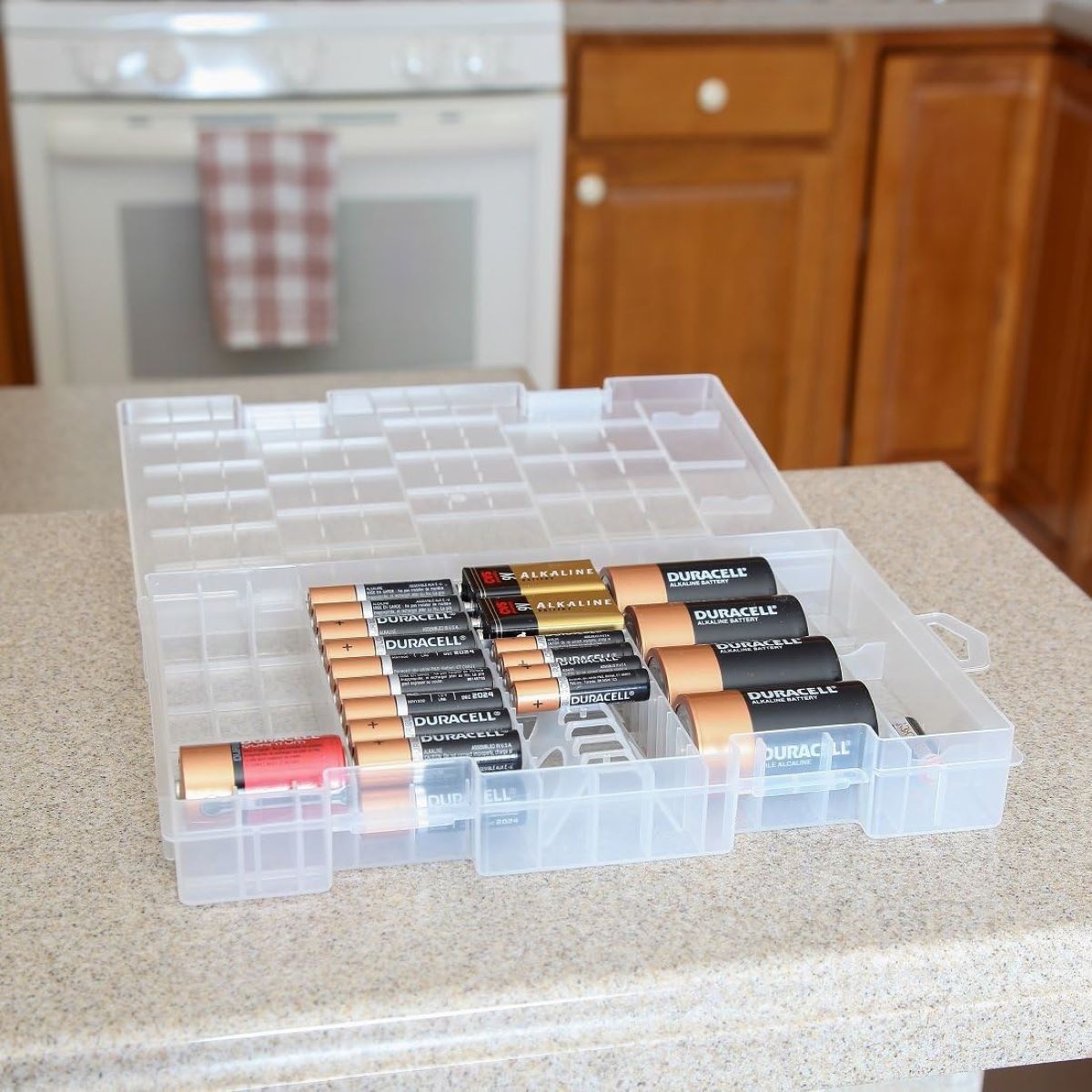
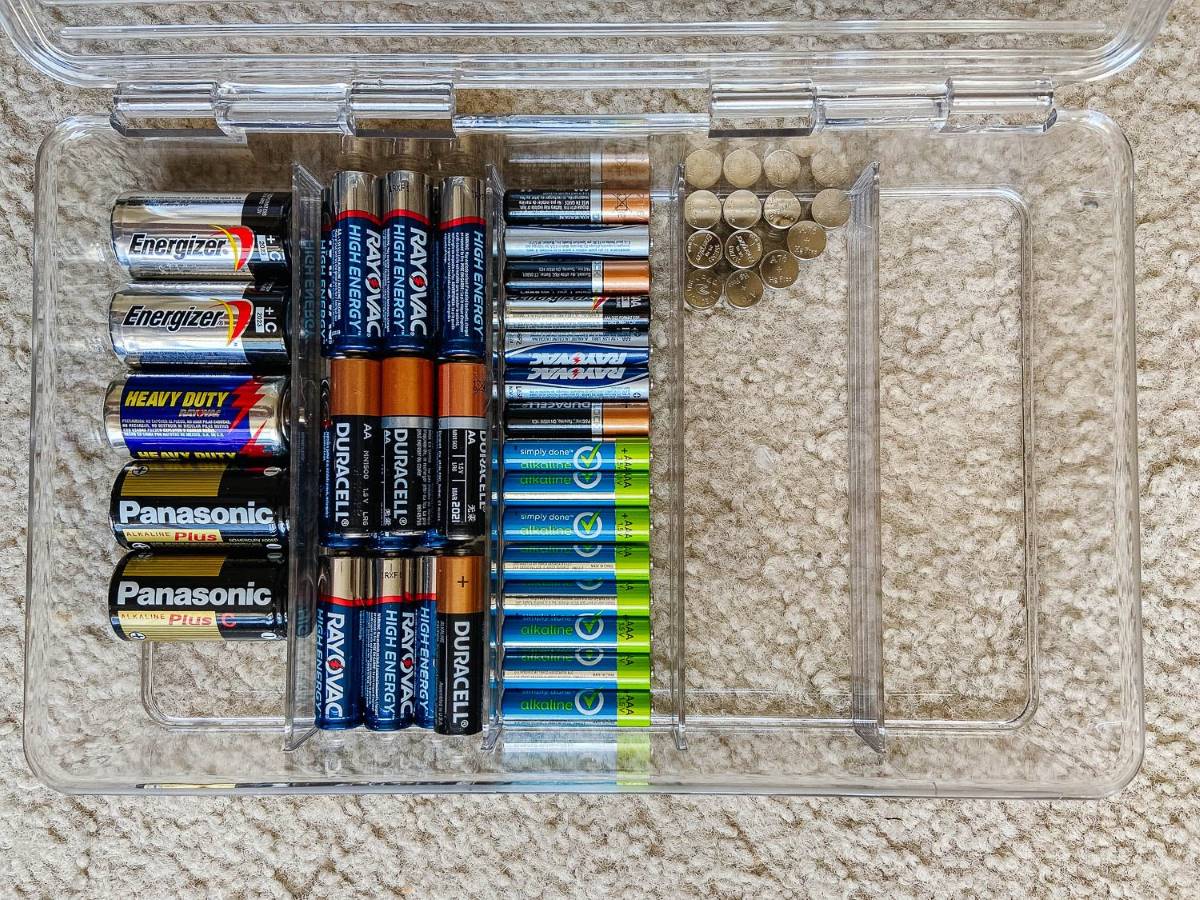
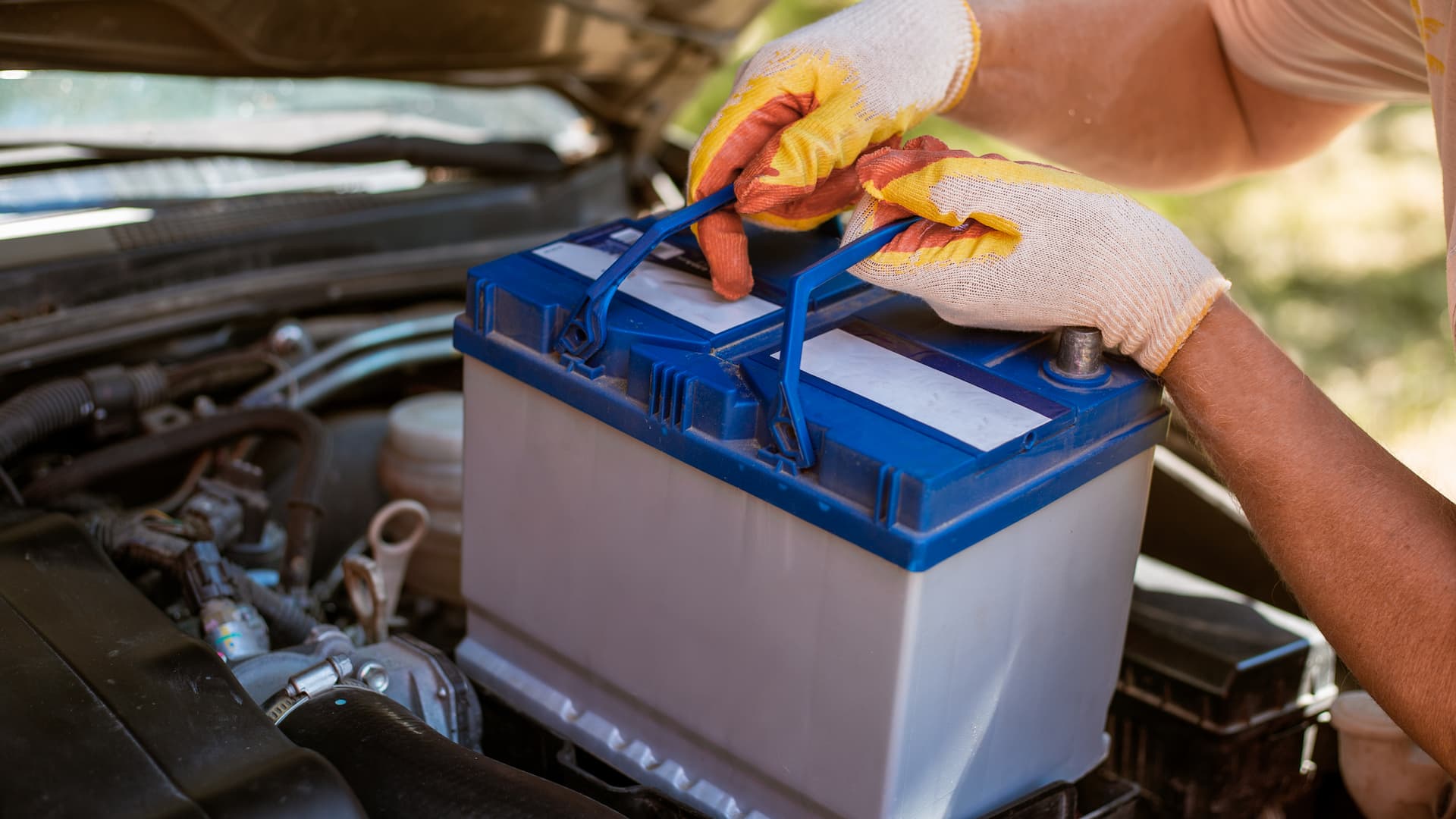
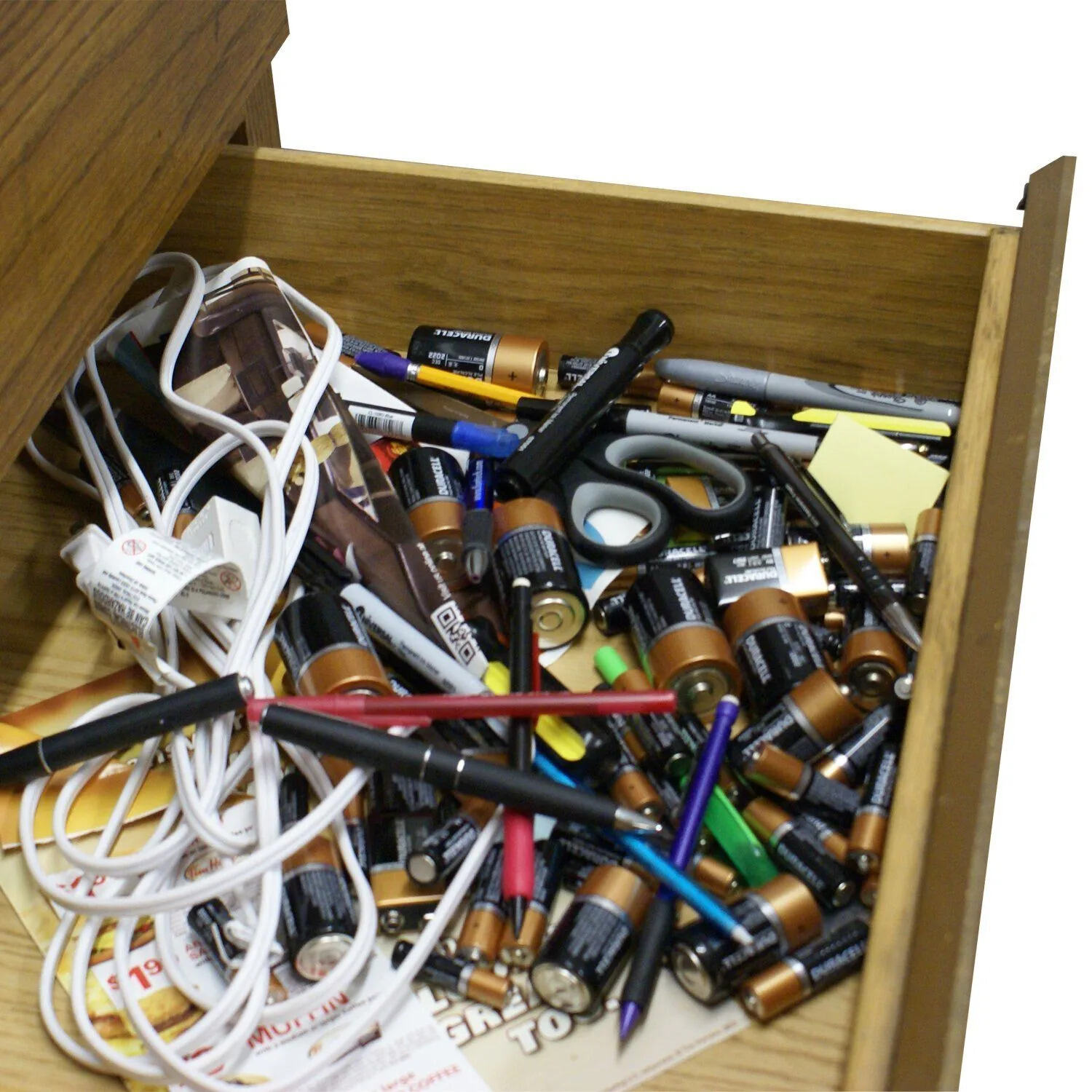
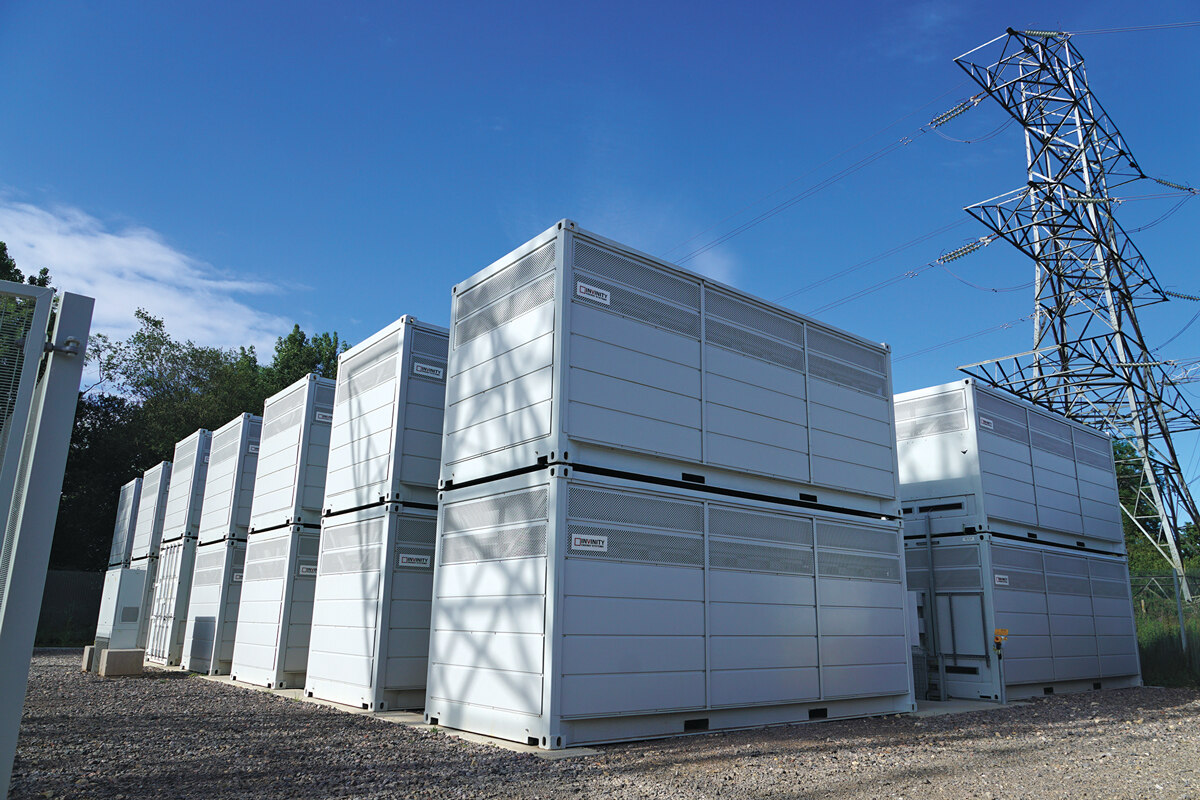

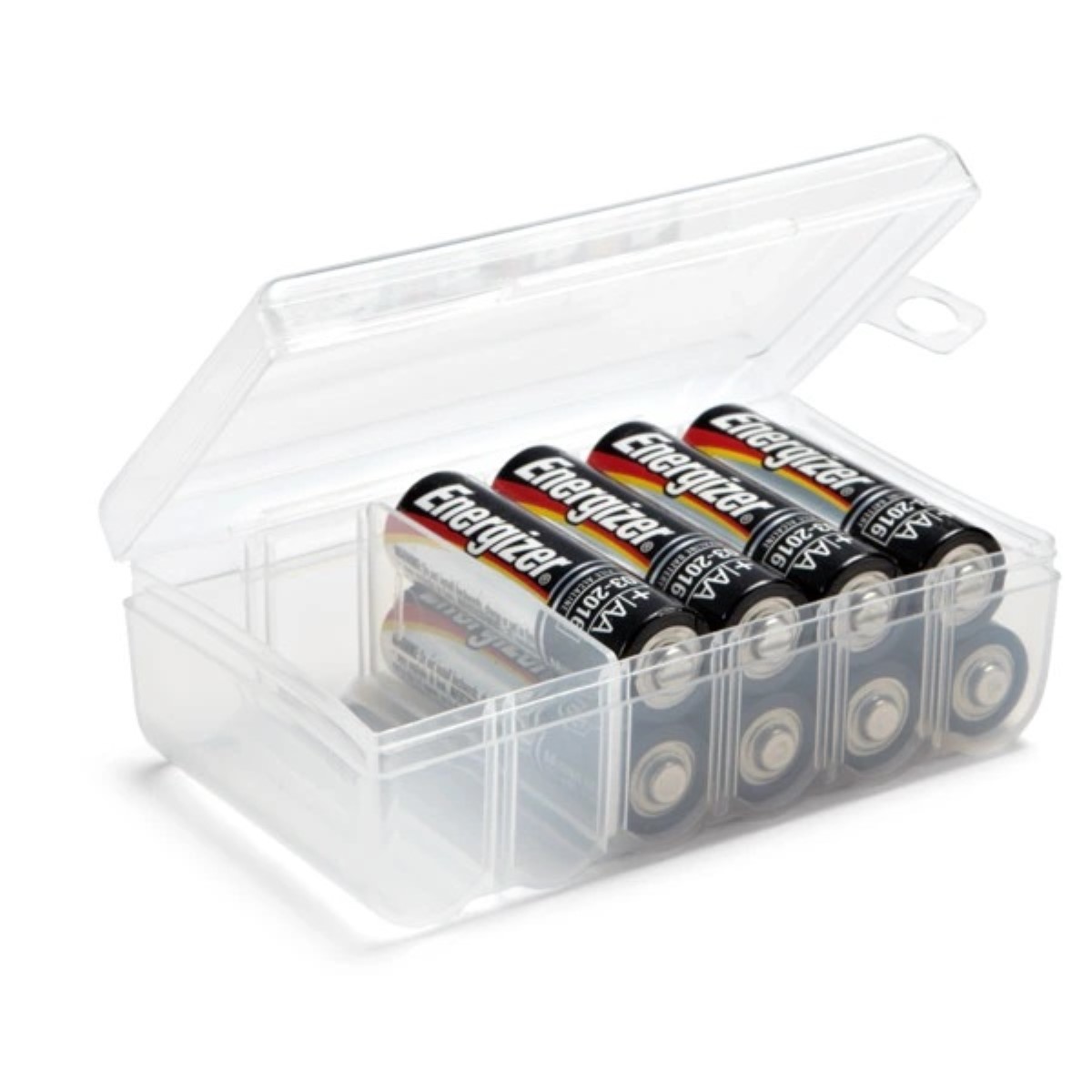


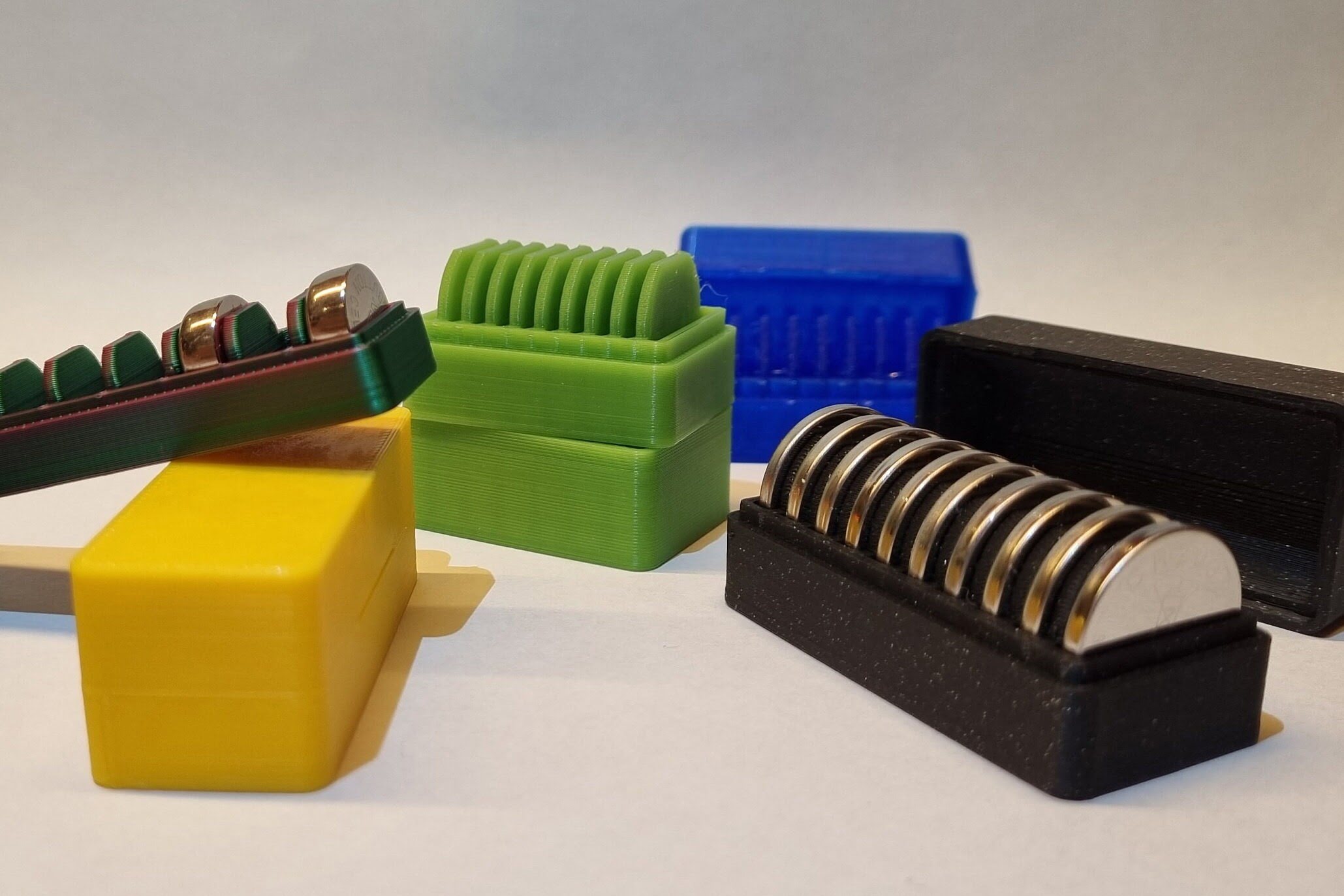
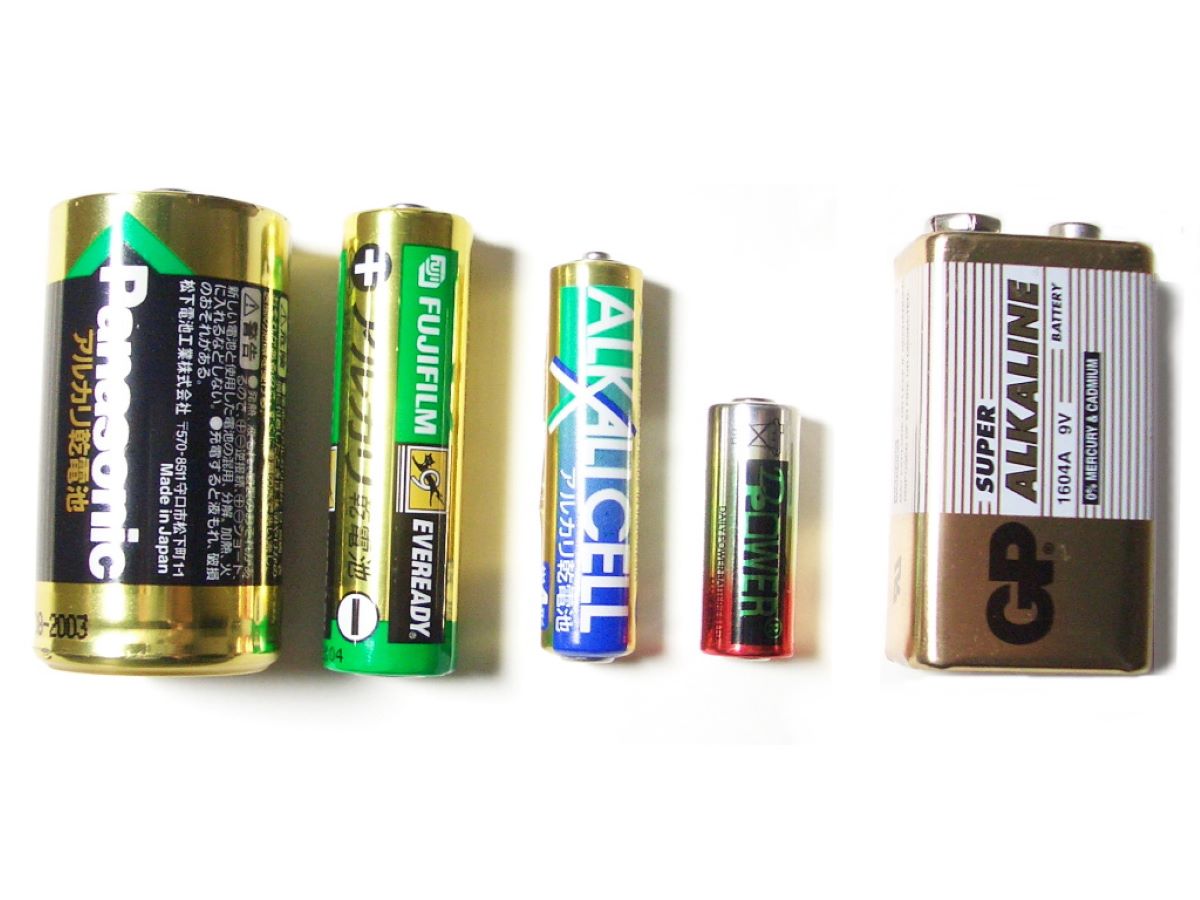
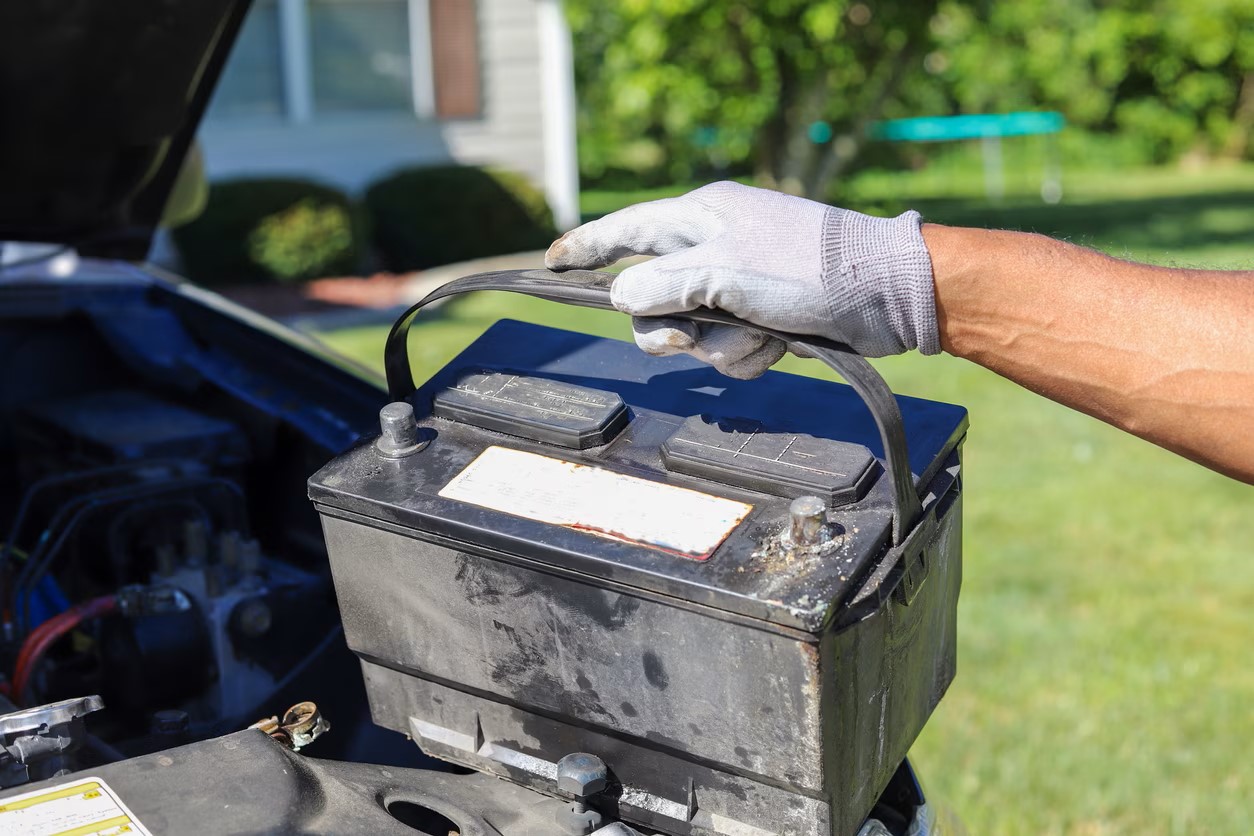
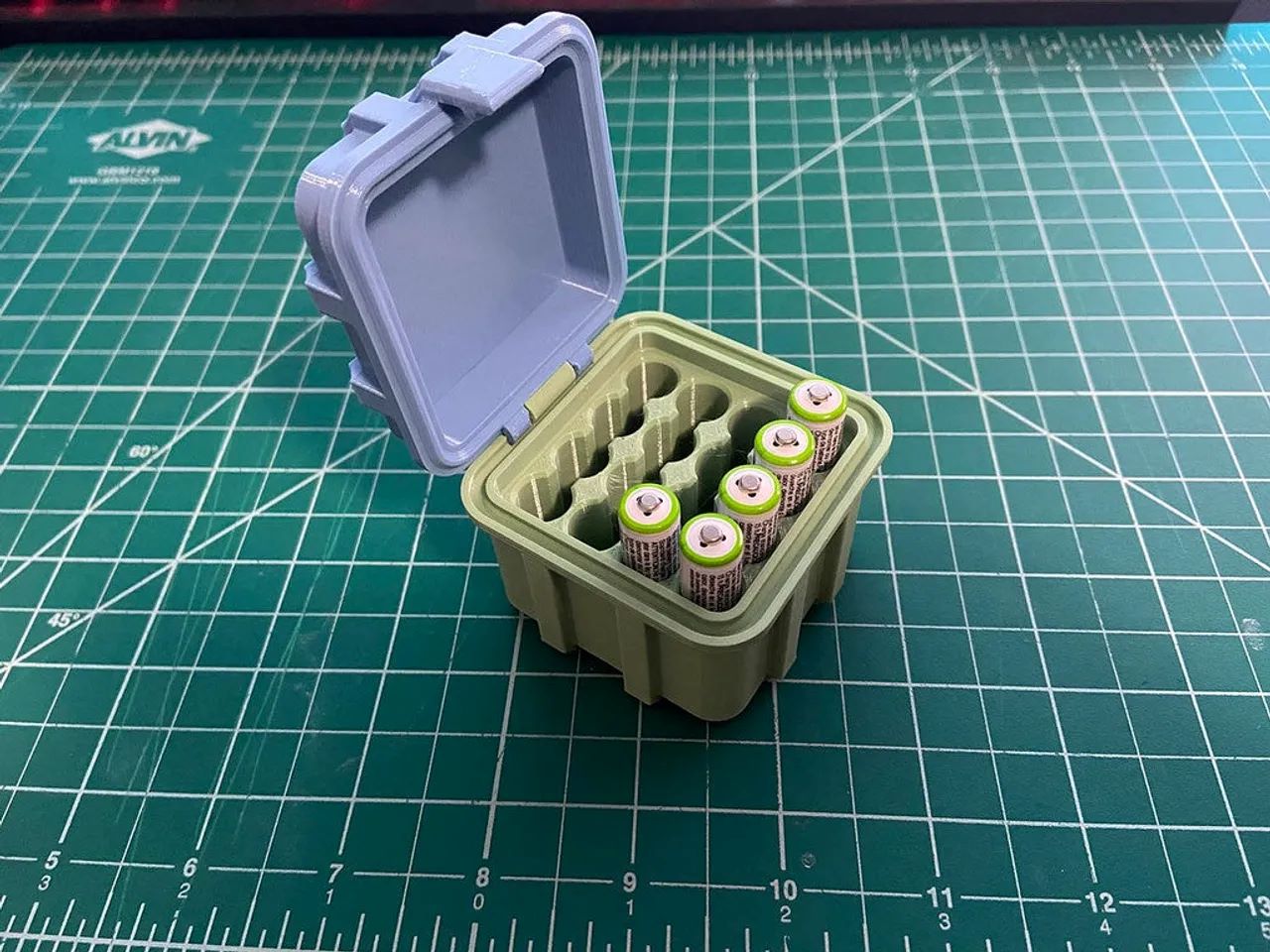

0 thoughts on “How To Store A LiPo Battery”